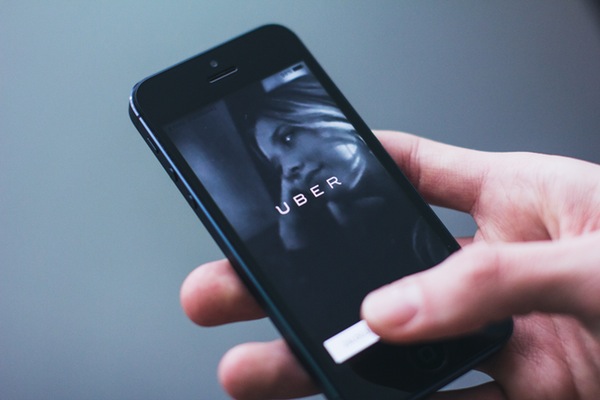
Photo Credit: pexels
By just about any standard, Uber is the hottest startup in Silicon Valley these days, worth a reported $50 billion at its current valuation. Emboldened by this success, companies in nearly every industry are rushing out and declaring themselves “the Uber for X” – the “Uber for pizza, “the Uber for flowers” or the “Uber for widgets.”
What they are attempting to accomplish is establish the same type of cool, hip Uber halo around their business. Their company may only be worth $1 million, but if there’s an Uber angle to it, it’s easily worth $1 billion, right? So why aren’t any companies calling themselves the “Uber of Social Media”?
The Uber business model
To answer that question, it’s necessary to back up for a moment and unpack what it means to be the Uber for any industry. You can think of the Uber business model as being comprised of the following components:
- On-demand access to a service that was previously not available
- More efficient use of physical assets
- Mobile access
- A layer of cool luxury branding
Putting all these together, it’s possible for anyone with a smartphone to hail a ride and get from Point A to Point B very quickly, even if they don’t have a car. And they can do it in a way that is hip, cool and even somewhat glamorous.
Facebook is not Uber, at least not yet
From this perspective, it doesn’t seem to make any sense to compare any social network like Facebook and Uber. According to any of the four components described above, Facebook is not Uber. Most obviously, while you can access Facebook via a mobile app, there are no physical assets to share. There’s no social media equivalent to ride-sharing.
You could argue that Facebook is a platform or channel, whereas Uber is a company with physical (but distributed) assets. But the reality is that companies like Facebook and Google and Snapchat are increasingly branching out into hardware.
Google is perhaps the best example. There’s now the Google Home device, which is very similar to the Amazon Echo – a smart device that recognizes voice commands. There’s also the Google Pixel, which is Google’s first-ever branded Android smartphone. And there’s also the Google Daydream, a virtual reality device similar to the Samsung Gear VR and the Oculus Rift.
Which brings us back to Oculus – this is a company that Facebook acquired for $1 billion back in 2012. And what Oculus creates is the Oculus Rift, a $699 device for having virtual reality experiences. For the holidays, you might be able to get it really cheap, but it’s still beastly expensive.
What an Uber model for social media might look like
So as companies like Facebook, Google and Snapchat move into physical hardware, it’s easy to see how an Uber business model for social media might emerge. Why do people hail cars in New York City with Uber? It’s because the cost of ownership of cars in New York City is too expensive – even if you can afford one, you still have to park it somewhere, and the monthly parking garage rate is almost as high as a monthly apartment rental!
In the same way, you can think of the Oculus as still being priced too high for most people to buy one, unless they’re hardcore gamers. That’s the reason why Google’s first VR device – the Google Cardboard – basically cost less than $20 and was just that – a piece of cardboard that could fit a smartphone inside. It was meant to be WAY affordable.
So think of an on-demand VR service that makes high-end virtual reality experiences available whenever you want them, all from a smartphone. Imagine, for example, a social media agency calling up and ordering a VR experience on-demand to entertain the troops during Friday happy hours. Or brands offering “pop up VR experiences,” the same way retailers offer pop-up retail stores.
That would be the “Uber of social media” – as long as those VR experiences are also social. And that appears to be the direction that Facebook is headed – “social virtual reality” – where people hang out in groups in virtual reality and have conversations and social experiences together.
That business model for social VR would include the core elements of the Uber model: it would be on-demand, it would involve the sharing of a physical asset (the Oculus Rift devices and any other game controllers), and it would all take place via your mobile phone. If it’s done really well, it might even become as cool, hip and stylish as Uber itself.